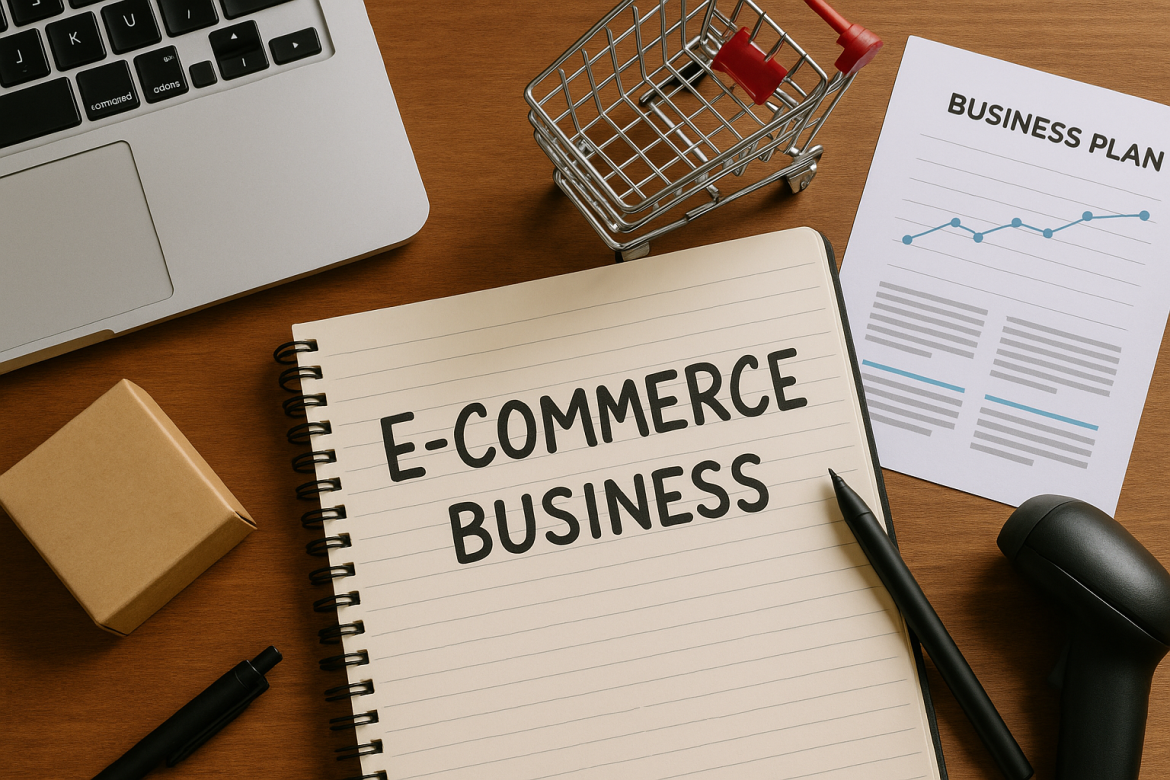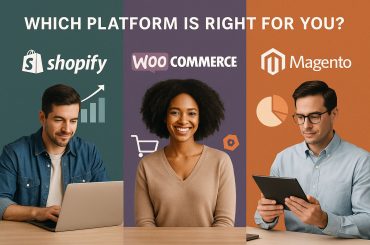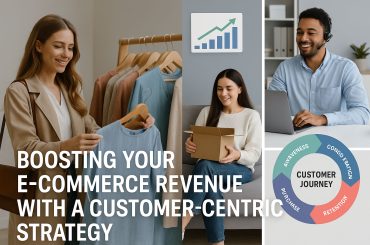So, you want to build an e-commerce business—from zero. Not a hobby. Not a dropshipping experiment that dies after three months. But a brand. A business. Something that grows while you sleep.
This guide isn’t about shortcuts. It’s about building something scalable, real, and resilient. If that’s what you’re after, let’s break it down, step by step.
🔍 Step 1: Find a Problem, Not Just a Product
Most failed e-commerce startups jump straight into sourcing products. That’s a mistake.
Scalable businesses solve specific problems for specific people. So before you touch Shopify or suppliers:
- Talk to 10–20 people. Ask them what frustrates them in a category you’re curious about.
- Scan Reddit threads, Amazon reviews, Facebook groups.
- Look for problems with high emotion, recurring frustration, or underserved niches.
🎯 Example: People don’t buy a weighted blanket—they buy better sleep. Focus on the outcome.
🧱 Step 2: Build a Lean, Validated Offer
Before you pour money into inventory or web design, validate your offer.
Here’s how:
- Landing Page MVP: Use tools like Carrd or Unbounce to build a simple pre-launch page.
- Capture Emails: Offer early-bird discounts, exclusives, or free trials.
- Test Ads: Run $100–200 in ads to test your hook, messaging, and demand.
💡 If people don’t click or sign up, your product isn’t the problem—your positioning is.
🛒 Step 3: Launch with Simplicity and Clarity
Don’t overthink the first version of your store. Focus on:
- A clean, fast Shopify or WooCommerce site
- High-quality product photos (even iPhone + natural light can work)
- Clear messaging: Who is this for? What does it solve? Why should I care?
✨ Pro Tip: Have one product or a small curated line. One clear hero is better than a confusing catalog.
🚀 Step 4: Use Paid Ads to Get Traction Fast
Organic is great, but it’s slow. If you want to grow, paid traffic is your friend—when done right.
Start with:
- Meta Ads (Facebook/Instagram): Broad targeting + compelling creative = fast feedback.
- Google Shopping: Especially effective for low-consideration items.
- Influencer Whitelisting: Run ads from creators’ accounts for better trust + conversion.
🎥 Focus on creative testing. UGC-style videos and emotional storytelling usually outperform polished visuals.
📦 Step 5: Lock In Operations Early
You can’t scale chaos. Once you’ve hit 100–200 orders, you need:
- Reliable suppliers with short lead times
- Inventory tracking (use tools like Stocky, Skubana)
- Shipping software (ShipStation, Easyship, or 3PL if needed)
📈 Scale kills unprepared ops. Build systems before you need them.
💌 Step 6: Own Your Audience
Customer acquisition costs (CAC) are only going up. If you don’t own your audience, you’re renting growth.
Here’s what to build:
- Email Marketing: Klaviyo flows = welcome, cart recovery, winback, upsell
- SMS Campaigns: High ROI for drops, launches, and urgency
- Loyalty Programs: Reward repeat purchases early
📊 Rule of thumb: 30–40% of revenue should come from owned channels after month 6.
📊 Step 7: Track the Right Numbers
Ignore vanity metrics. Here’s what matters:
- CAC (Customer Acquisition Cost)
- AOV (Average Order Value)
- LTV (Customer Lifetime Value)
- Conversion Rate (2–3% is a solid target)
- ROAS (Return on Ad Spend)
📉 Scaling without profitability = disaster. Know your unit economics inside out.
🔁 Step 8: Systemize and Delegate
You didn’t build this to be the bottleneck.
- Document repeatable processes (fulfillment, support, ad testing)
- Hire freelancers first (customer support, ads, copywriting)
- Build SOPs (Standard Operating Procedures)
⚙️ The business becomes scalable only when it runs without you.
🔮 Bonus: Keys to Long-Term Scalability
Want to survive beyond the 2-year mark? Focus on:
- Brand Moat: Cultivate loyalty with story, mission, and experience
- Product Expansion: Add SKUs based on feedback, not guesses
- International Scaling: Use local fulfillment or region-specific ads
- Community: Facebook groups, challenges, Discord servers—whatever builds connection
🧠 Big lesson? Retention > Acquisition. Growth is easier when customers come back.
Final Word: This Is the Marathon, Not the Hack
Most people build e-com stores. Few build e-com brands.
If you want to win, think like a systems builder. An experience designer. A problem solver.
Because the brands that scale are the ones that are built to last—not just built to launch.
And now, you know how to build one. Let’s get to work.




